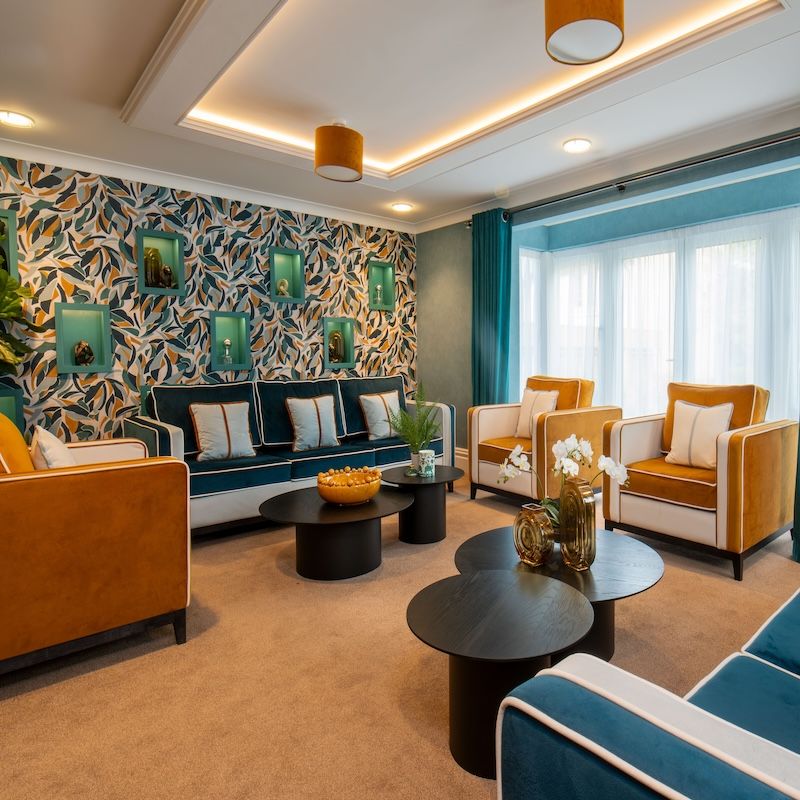
How to make care homes homely
Why transforming care home environments is so important. At this year’s Care Show Birmingham, Kerry Southern Reason, CEO of the Care Home Interiors Group, took centre stage on two thought provoking panels to share her invaluable insights on the evolving landscape of care home environments. One of the key topics discussed was the increasingly debated question: how to make care homes homely.
As an expert in designing care home interiors, Kerry offered a perspective rooted in both practicality and compassion. “My experience of dementia is that it’s quite scary. “When you go into a home that looks like a hospital, that’s not where you want to live.” Her point highlights a critical issue in care home design — balancing the need for clinical functionality with creating a comforting, homely atmosphere. This becomes even more pertinent when considering residents living with dementia, for whom a hospital-like environment can exacerbate feelings of confusion and fear.
Kerry explained that her approach, and that of the Care Home Interiors Group, revolves around concealing the more clinical aspects of care while still maintaining their essential function. For instance, the company pays particular attention to disguising the clinical look of profile beds — a staple in care environments. Though necessary for mobility-impaired residents, its appearance as a “medical bed” can evoke thoughts of hospitals and illness, feelings that are far from comforting.
“Our job is to disguise these elements,” Kerry said. “We spend a lot of time making sure that practical aspects, like the profile bed, blend into the home environment.” She explained how her team works meticulously to make the furniture look as non-institutional as possible, while still ensuring it meets the required health and safety standards. This includes designing headboards and valances, even giving it the appearance of being part of a fitted furniture unit.
Health and hygiene are also paramount in designs. She spoke about using anti-microbial fabrics that are resistant to bodily fluids and designed to prevent the spread of infections. However, Kerry stressed that even with these considerations, the overriding aim is to maintain a homely feel. “The fabrics are easy to clean, yes, but they don’t look like sterile, industrial materials. We ensure everything still feels and looks like a home,” she added.
Kerry’s viewpoint resonated with the audience, as she spoke to the heart of an ongoing transformation within the care sector. Her belief is clear: care homes should provide a safe, practical, and functional environment, but they must also feel like home. This dual focus on emotional comfort and clinical care is shaping the future of care home interiors.
As care providers continue to reimagine what a care home should be, Kerry’s work and ideas serve as a beacon, guiding the way toward environments that support the physical and emotional well-being of those who make care homes their home. At the end of the day, as Kerry eloquently put it, “It’s about creating a space where people want to live, not just where they need to be.”
